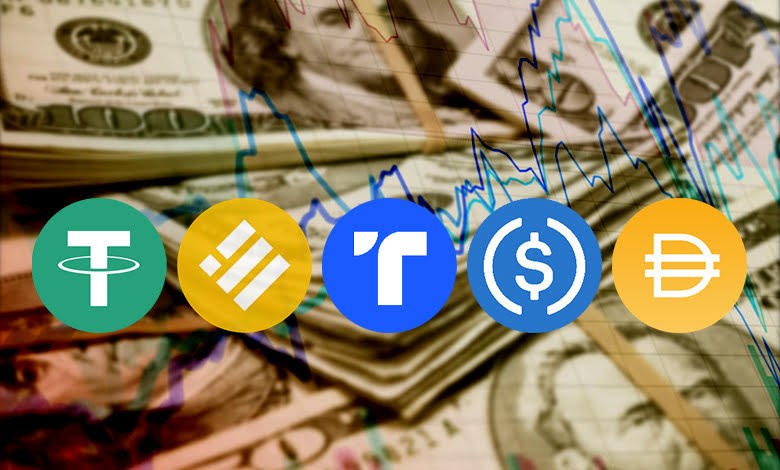The Hookup Doctor's Guide
Navigating the world of modern dating and relationships.
Level Up: How Stablecoin Gaming Trends Are Changing the Game
Discover how stablecoin gaming trends are revolutionizing the industry. Level up your knowledge and stay ahead in the gaming evolution!
Exploring the Rise of Stablecoins in the Gaming Industry
The gaming industry has witnessed a significant transformation with the emergence of stablecoins, which are digital currencies designed to maintain a stable value against traditional fiat currencies. As gamers increasingly seek seamless and secure transactions, stablecoins offer a solution that mitigates the volatility often associated with cryptocurrencies. By integrating stablecoins into gaming platforms, developers can enable players to trade in-game assets, purchase items, and participate in decentralized finance (DeFi) applications without the fear of value fluctuations. This stability not only enhances the gaming experience but also encourages greater adoption of blockchain technology within the industry.
Moreover, the growing popularity of stablecoins can be attributed to their ability to facilitate microtransactions and eliminate high fees typical of traditional payment processors. With stablecoins, developers can implement features such as play-to-earn models, where players earn digital currency through gameplay, allowing for a more immersive and rewarding experience. Additionally, the rise of stablecoins in gaming aligns with broader trends in digital ownership, where players have more control over their assets. This shift not only empowers gamers but also presents an opportunity for developers to innovate and create new economic ecosystems that can sustain virtual worlds.

Counter-Strike is a highly popular first-person shooter game that has captivated gamers around the world. It features intense team-based gameplay where players can take on the role of terrorists or counter-terrorists. For those interested in trying their luck, don't forget to check out the betpanda promo code to enhance your gaming experience!
How Stablecoins Are Revolutionizing In-Game Economies
Stablecoins are changing the landscape of in-game economies by providing a reliable and stable medium of exchange within virtual worlds. Unlike traditional in-game currencies, which can be subject to rapid inflation or depreciation based on game updates and player demand, stablecoins maintain their value by being pegged to fiat currencies or other assets. This stability encourages players to engage in microtransactions and trade without the fear of losing real-world value. As games increasingly adopt blockchain technology, the integration of stablecoins allows for seamless and transparent financial transactions, creating a more immersive and engaging gaming experience.
Furthermore, the use of stablecoins in in-game economies opens up new revenue streams for developers and players alike. By allowing players to earn digital assets that can be easily converted to real-world currency through stablecoins, games become more enticing to a broader audience. This innovative approach also facilitates cross-game asset transfers, where players can use their earnings from one game in another, thus fostering a more connected and dynamic gaming ecosystem. In essence, stablecoins are not just a financial tool; they are a fundamental part of the future of gaming that enhances player participation and drives economic growth within virtual environments.
Are Stablecoins the Future of Fair Play in Video Games?
As the gaming industry continues to evolve, stablecoins are emerging as a potential solution to long-standing issues of fairness and transparency in transactions. At their core, stablecoins are cryptocurrencies designed to maintain a stable value by pegging them to traditional assets, such as the US Dollar. This stability can eliminate the volatility often associated with other cryptocurrencies, allowing gamers to engage in in-game economies without the fear of losing significant value overnight. By integrating stablecoins into video game marketplaces, developers can facilitate seamless transactions and ensure that players receive fair compensation for their efforts, fostering a healthier gaming environment.
Moreover, implementing stablecoins in video games could revolutionize the way digital assets are traded and owned. Unlike traditional in-game currencies that are often locked into a specific platform, stablecoins can provide players with true ownership of their in-game assets. This means that players could trade their items or currency across different games and platforms, creating a more interconnected and player-driven economy. As gamers increasingly demand transparency and fairness, the adoption of stablecoins may very well represent a significant step forward toward achieving equitable play among enthusiasts and ensuring that all players, regardless of their financial resources, can compete on a level playing field.